
Grumman F11A Tiger (F11F1) USA Navy Aviation Photo 2284508
Grumman F11F Tiger. The Tiger single-seat fighter flew for the first time in prototype form on 30 July 1954 - less than 15 months after receipt of a letter of intent from the US Navy. The production version was the F11F-1. A small number of pre-production aircraft, each with a Wright J65-W-6 turbojet engine with afterburner, were followed by 39.

Grumman F11A Tiger (F11F1) USA Navy Aviation Photo 4686105
Four Grumman F11F-1 Tiger fighters of fighter squadron VF-21 Mach Busters Rival. Work began to create a new plane that could rival the Mig-15. Grumman Aircraft Engineering Corporation was up for the task. In 1952 a privately funded project began to modernize the F-9 cougar. This particular aircraft was already designed to be carrier based.

Grumman F11F1 Tiger in flight circa 1950's Us military aircraft, Us
The Grumman F11F Tiger was designed and manufactured by Grumman as a supersonic, single-seat carrier-based fighter aircraft in service with the United States Navy between the 1950s and 1960s. In April 1955, it was initially designated as the F11F Tiger in the pre-1962 Navy designation system before it was redesignated in the 1962 United States Tri-Service aircraft designation system as the F.
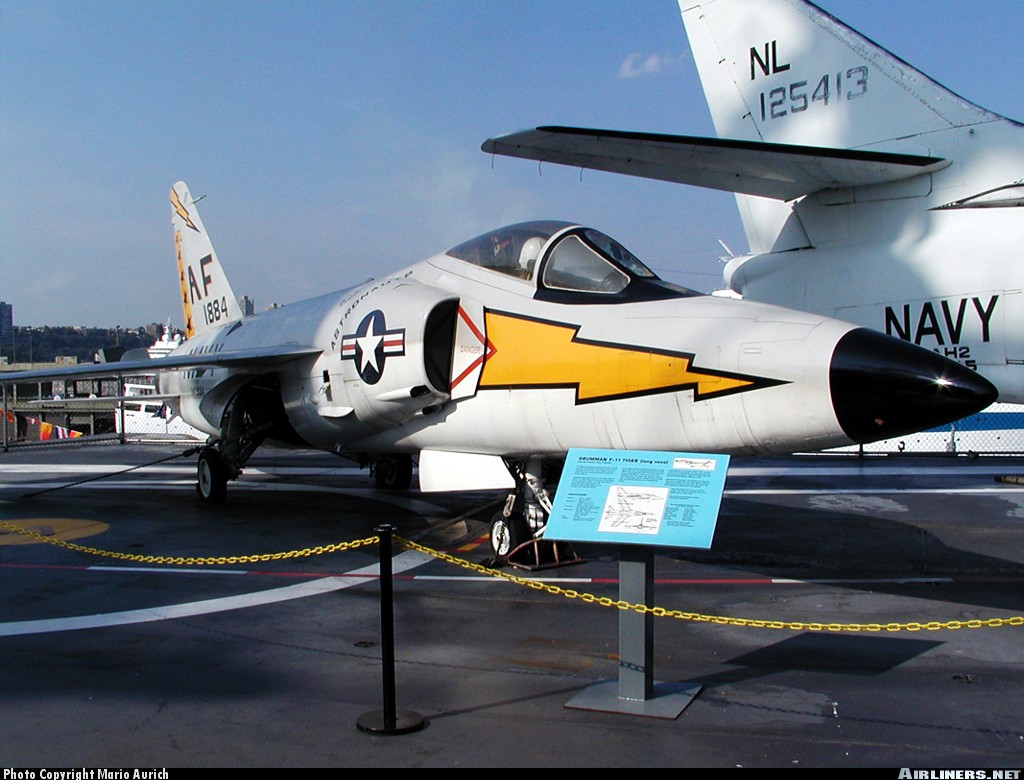
Grumman F11A Tiger (F11F1) USA Navy Aviation Photo 0190462
Caption: Built as a lightweight fighter, the F11F Tiger was a superior performing aircraft, capable of Mach 1.1. In April 1958, an F11F-1F Super Tiger, of which only two were built, reached an altitude of 76,828 ft., establishing a world record. In a more unusual episode, during a 1956 test flight, a Grumman pilot flying an F11F shot himself.
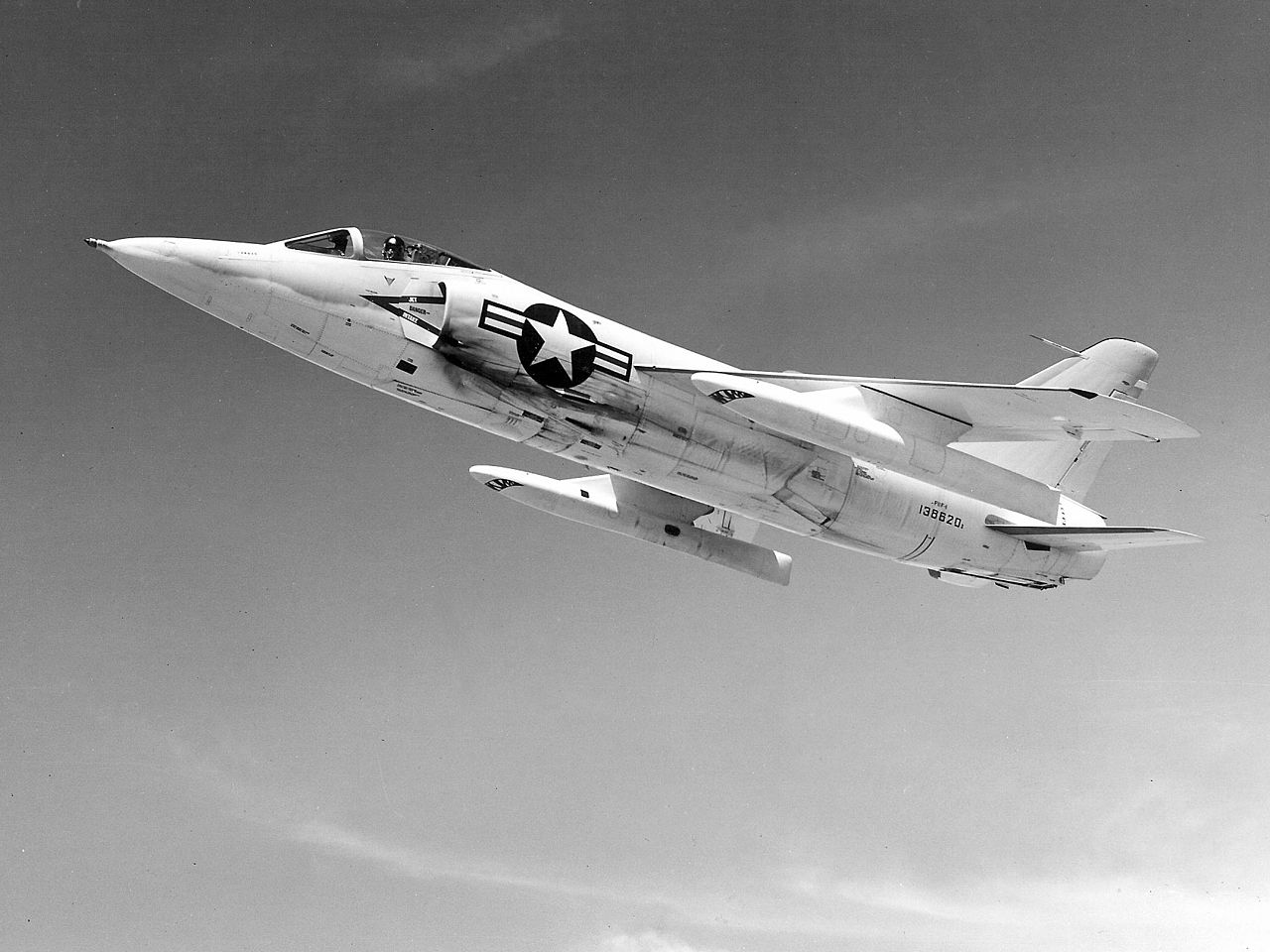
Grumman F11 Tiger The Fighter That Shot Itself Down World Of Aviation
Free Shipping Available. Buy F-11 Tiger on ebay. Money Back Guarantee!
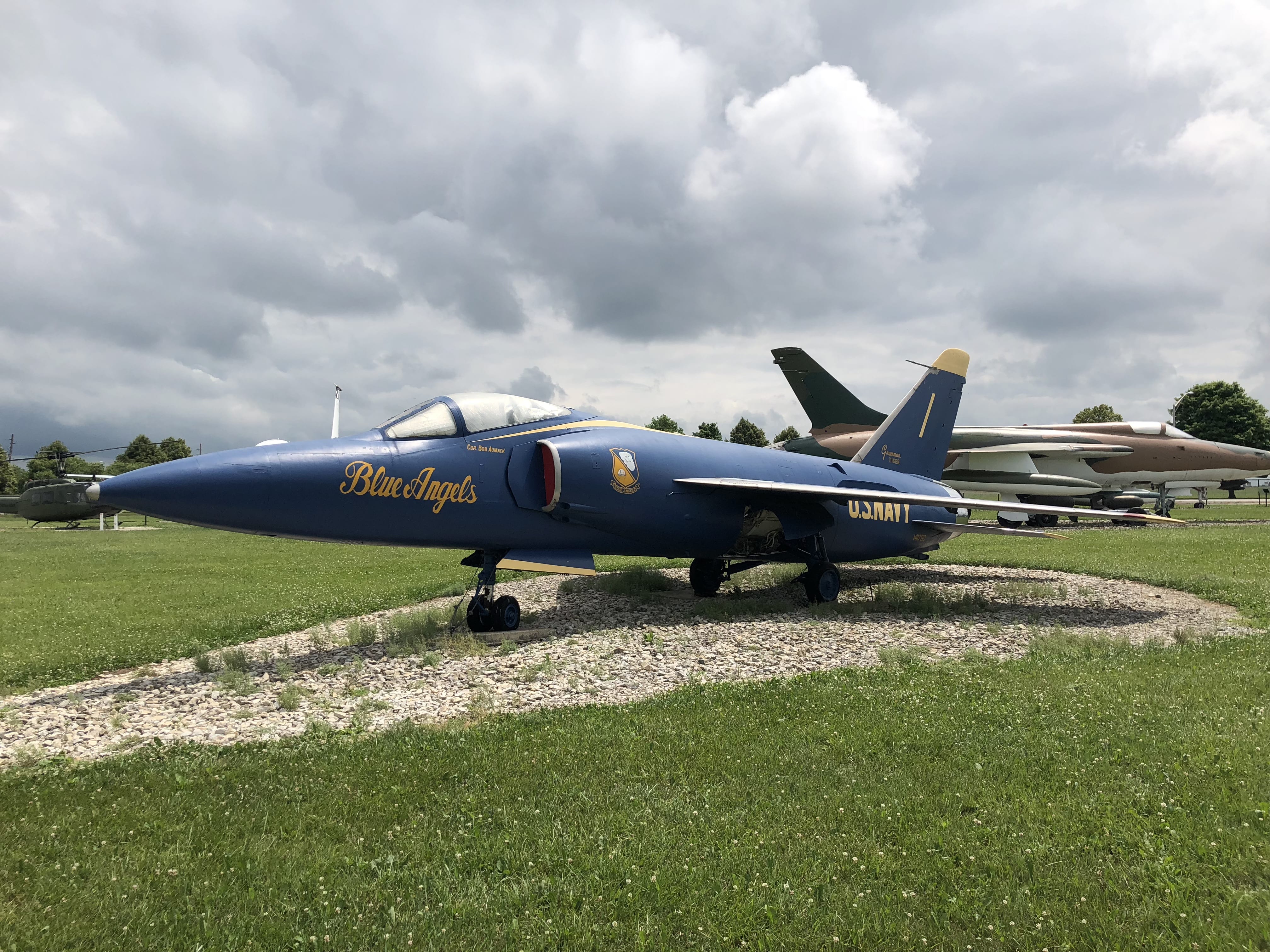
F11F1 TIGER Grissom Air Museum
The Grumman F11F-1F Super Tiger (company designation G-98J) is a single-seat fighter aircraft originally developed for the United States Navy (USN).. As an improvement to the F11F-1 (F-11A) fighter, Grumman proposed a more advanced version of the airframe known as the F11F-1F Super Tiger.
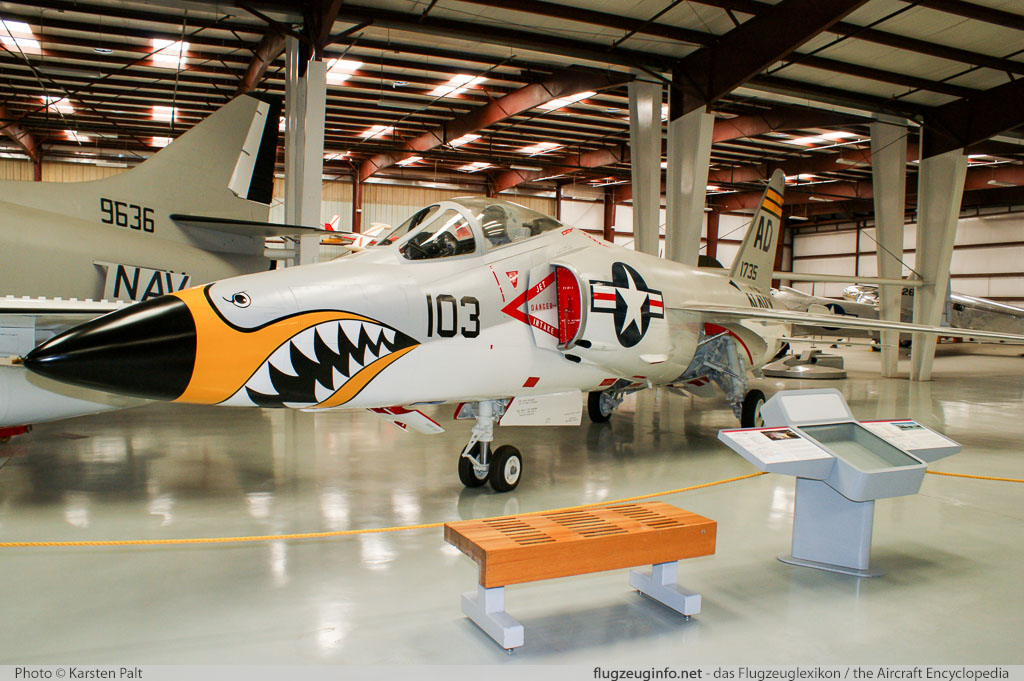
Grumman F11F (F11) Tiger Specifications Technical Data / Description
Grumman F11F-1F Tiger, Bu. No. 138647, in flight near Edwards AFB, California. (U.S. Navy) The F11F-1F Tiger was a higher performance variant of the U.S. Navy F11F single-seat, single-engine swept wing aircraft carrier-based supersonic fighter. The last two regular production F11F-1 Tigers, Bu. Nos. 138646 and 138647 were completed as F11F-2s.

Grumman F11A Tiger (F11F1) USA Navy Aviation Photo 0914670
Part of the flight test program to get the F11F Tiger operational involved clearing the performance envelope for the firing of its four 20-millimeter Colt cannons which were mounted under and aft of the air intakes. Built as a lightweight fighter, the F11F Tiger was a superior performing aircraft, capable of Mach 1.1. In April 1958, an F11F-1F.
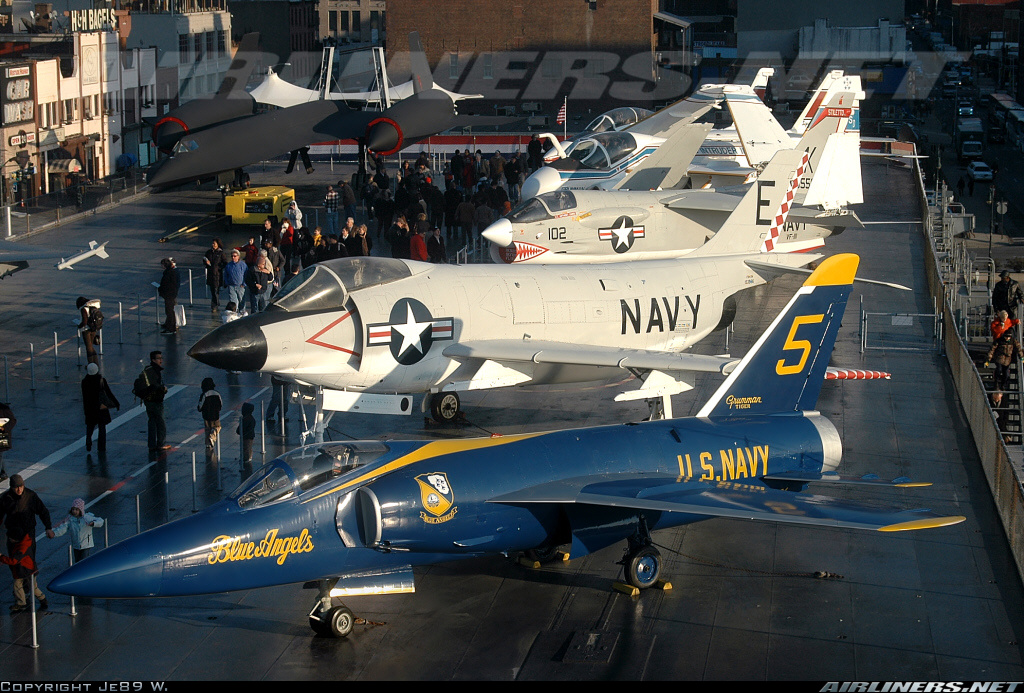
Grumman F11A Tiger (F11F1) USA Navy Aviation Photo 1585733
Grumman F-11A (F11F-1) Tiger Begun as a supersonic variant of the F9F Cougar the Tiger quickly evolved into an entirely new design with its own designation, F11F-1. The Tiger showed great early promise as a fighter, but the rapid advancement of aviation technology in the 1950s resulted in the plane's obsolescence even before it entered […]

Grumman F11A Tiger (F11F1) USA Navy Aviation Photo 2189804
The F-11 "Tiger" was intended to be a simple, lightweight, air superiority, day interceptor to protect the fleet. It was also the last fighter produced by Grumman until its introduction of the F-14 "Tomcat". The F-11 was the smallest airframe possible designed around a given engine. The aircraft was so small that only the tips of the.
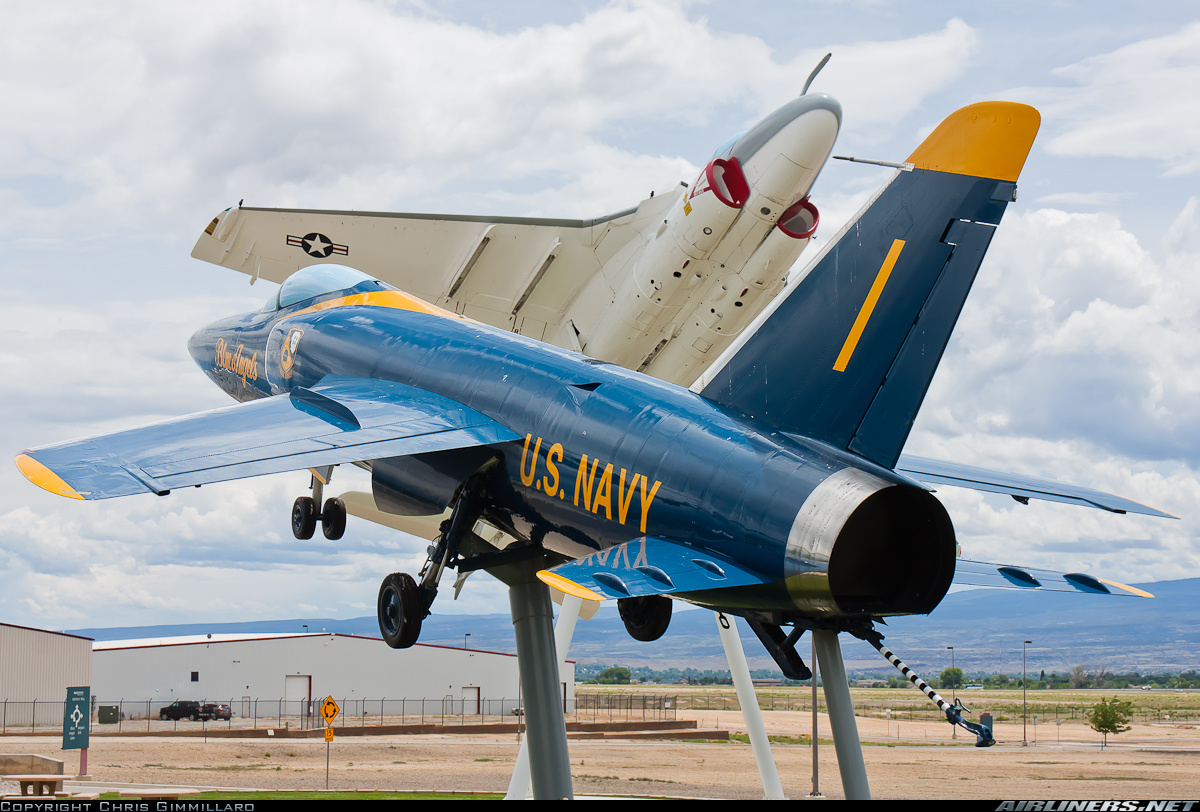
Grumman F11A Tiger (F11F1) USA Navy Aviation Photo 2679724
On 8 March 1957, United States Navy Attack Squadron ONE FIVE SIX (VA-156) Iron Tigers accepted the first Grumman F11F-1 Tiger aircraft to enter service. The Tiger came along at a time when supersonic speeds were suddenly a requirement and Grumman did indeed deliver its first carrier-based supersonic fighter. With advanced features like full-span leading edge slats, roll-control spoilers.

Grumman F11F Tiger at Hill Air Force Base in 1961. Photography by David
The F11F-1 Tiger is a supersonic carrier-based jet fighter equipped with the Wright J65-W-18 engine. The plane is able to reach about Mach 1 speed in level speed (climbing may be necessary) making it one of the fastest planes at its battle rating, but getting it past that speed will require some diving.
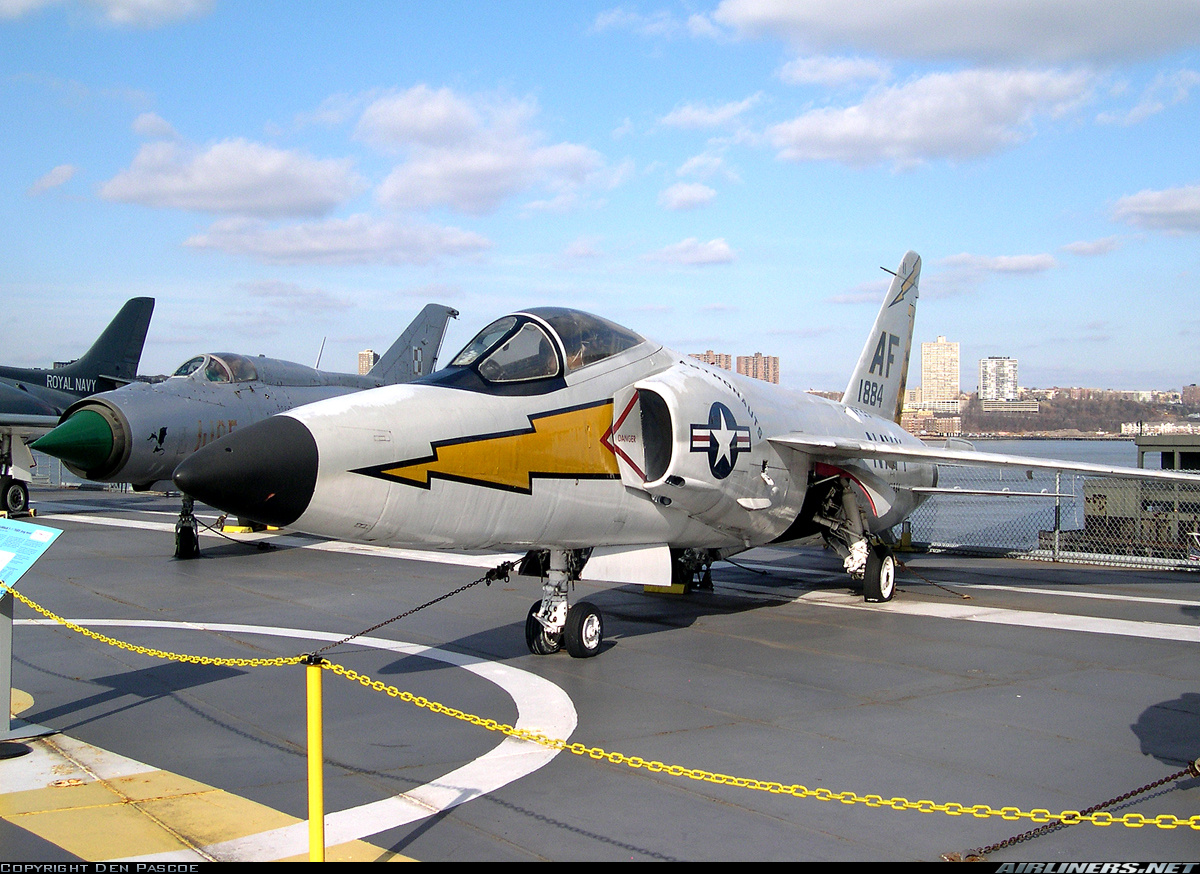
Grumman F11A Tiger (F11F1) USA Navy Aviation Photo 0994250
The F11F airframe showcased a running length of 47 feet with a wingspan of 31 feet, 7.5 inches and overall height of 13 feet, 3 inches. Empty weight was approximately 13,800lbs with a maximum take-off weight (MTOW) of 23,500lbs. The type was powered by the Wright J65-W-18 turbojet engine developing 7,400lbs of thrust (dry) and 10,500lbs of.
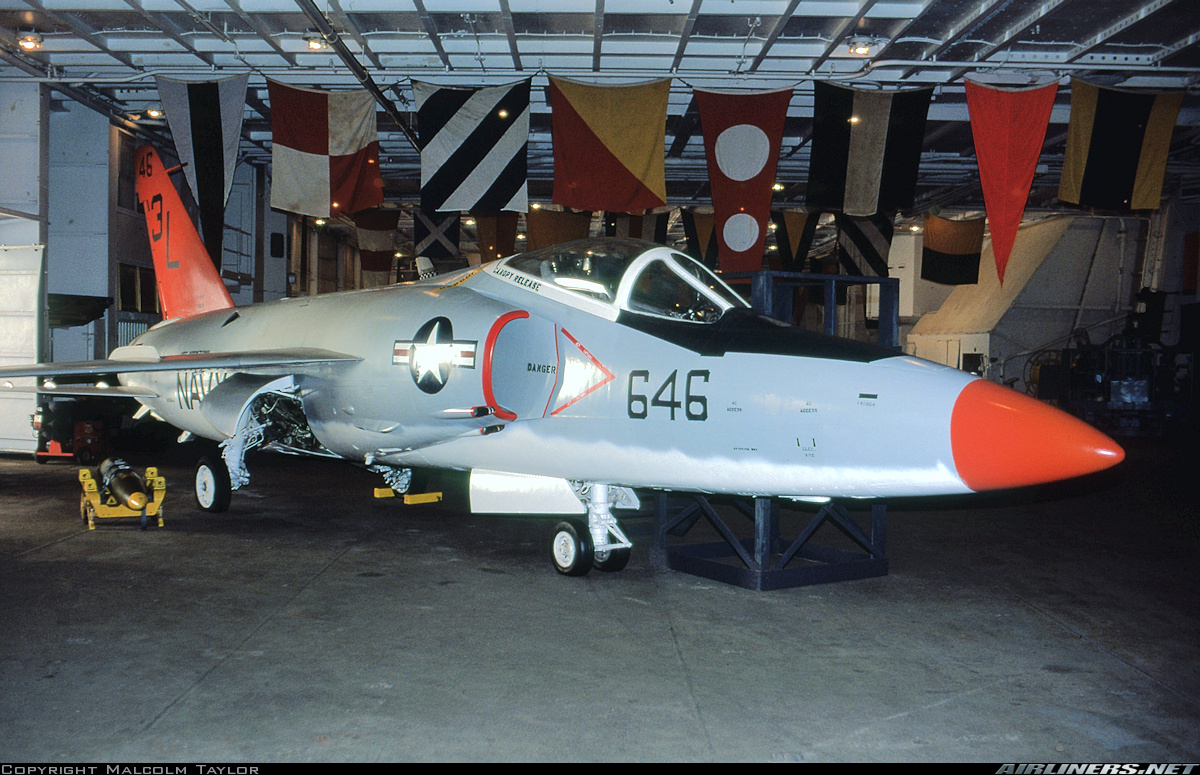
Grumman F11A Tiger (F11F1) USA Navy Aviation Photo 4993487
An F11F-1 Tiger on USS Forrestal (CVA-59) in April 1956, with downward-folded wingtips (Photo Credit: U.S. Navy Naval History and Heritage Command / Wikipedia / Public Domain) The aircraft, which would eventually become the F-11 Tiger, incorporated new design choices like the area rule which gave it good performance at supersonic speeds. The.

Grumman F11A Tiger (F11F1) USA Navy Aviation Photo 2007631
The Grumman F11F/F-11 Tiger was the first supersonic, single-seat carrier-based United States Navy fighter aircraft in operation during the 1950s and 1960s. Originally designated the F11F Tiger in April 1955 under the pre-1962 Navy designation system, it was redesignated as F-11 Tiger under the 1962 United States Tri-Service aircraft designation system. The F11F/F-11 was used by the Blue.

Grumman F11A Tiger (F11F1) USA Navy Aviation Photo 5194641
The F11F-1 was the U. S. Navy's first operational supersonic aircraft. Initially designated the F9F-9, the Tiger took to the air in 1954 and became operational in 1957.. Planes of Fame Air Museum's F11F-1 Tiger (Bureau Number 141868) was flown by the Blue Angels and was one of the original six aircraft assigned to the team. In the early.